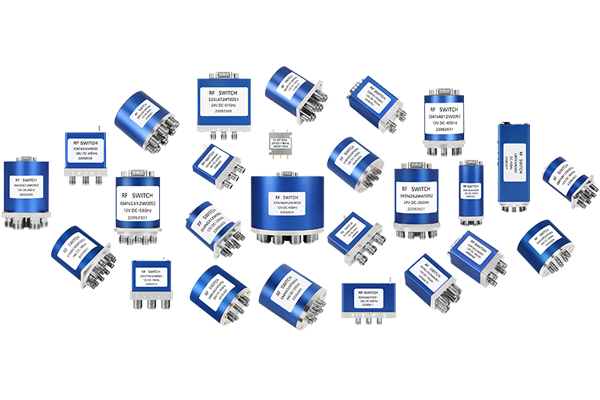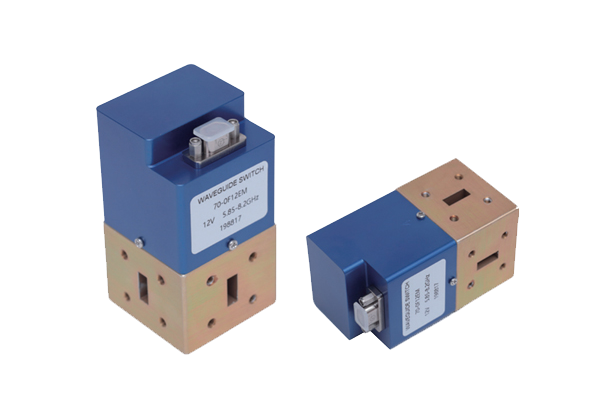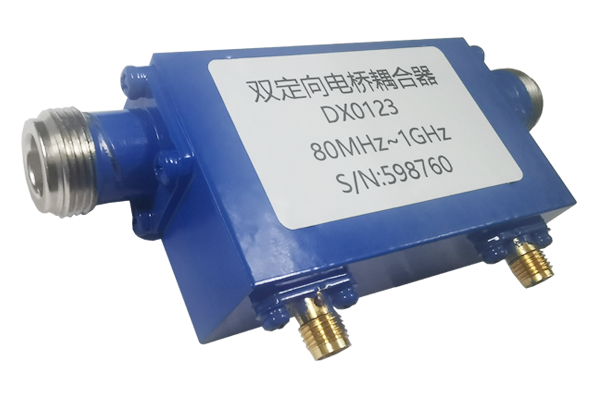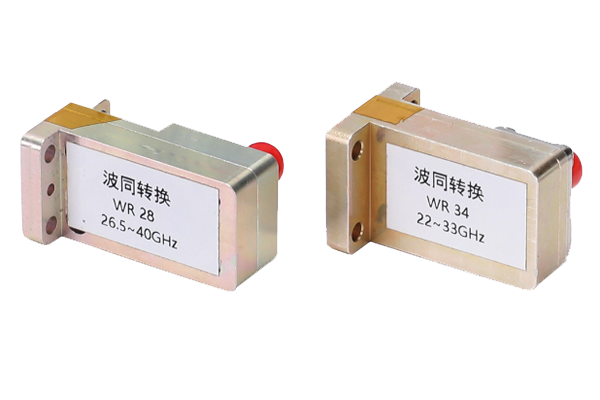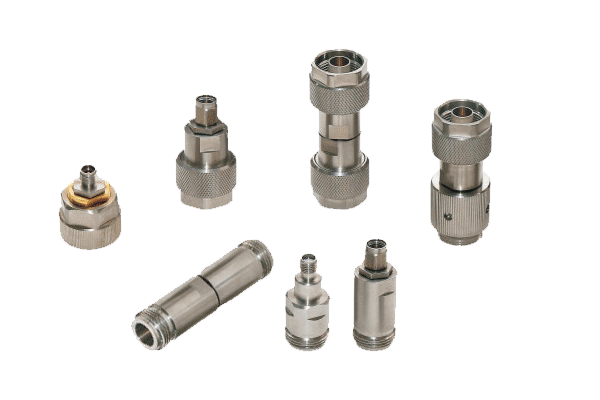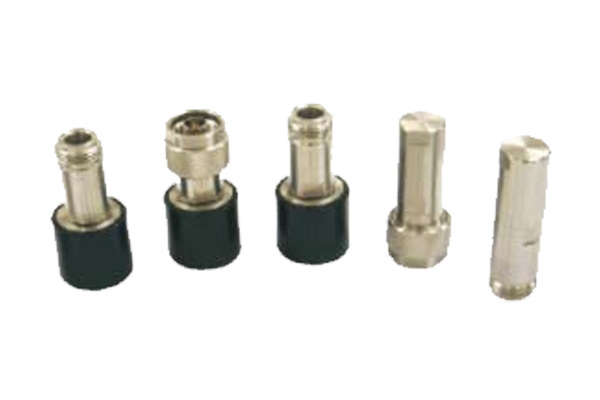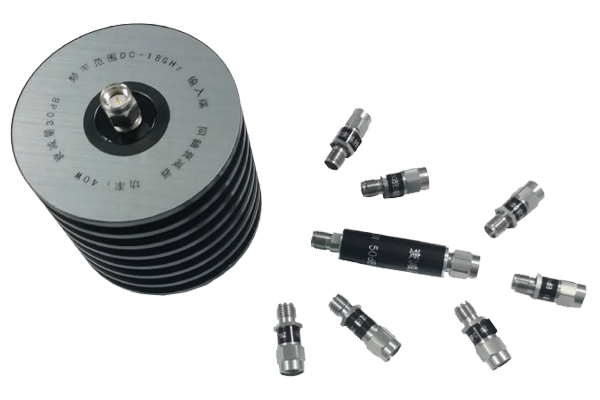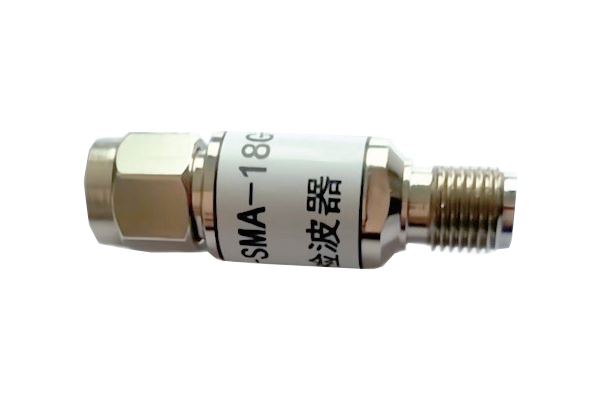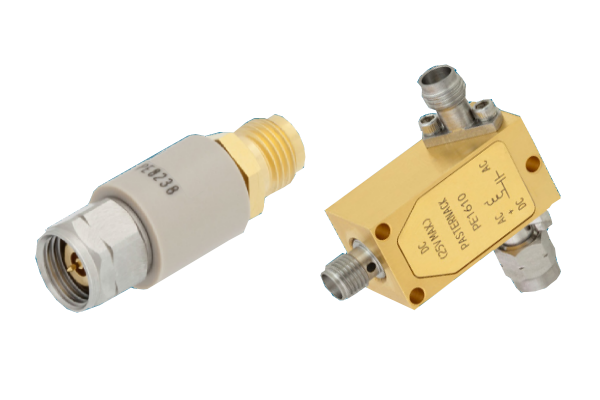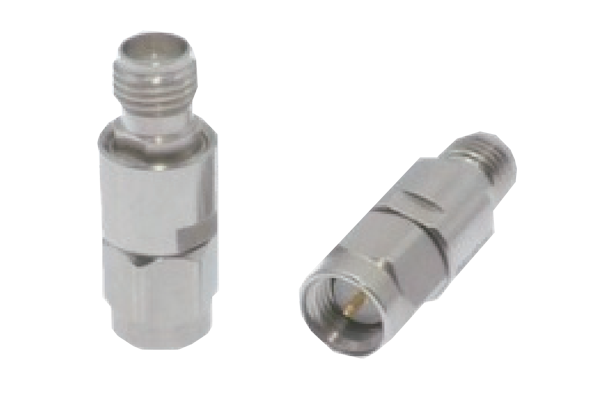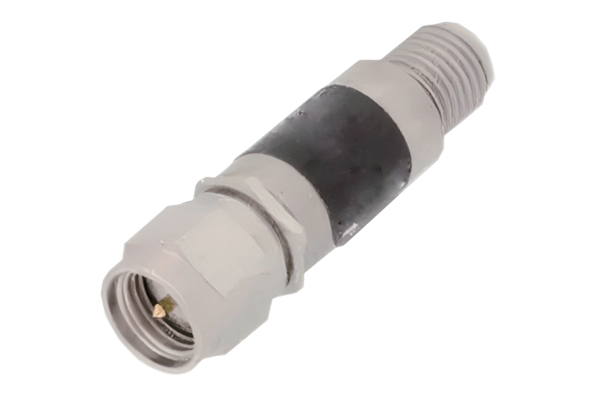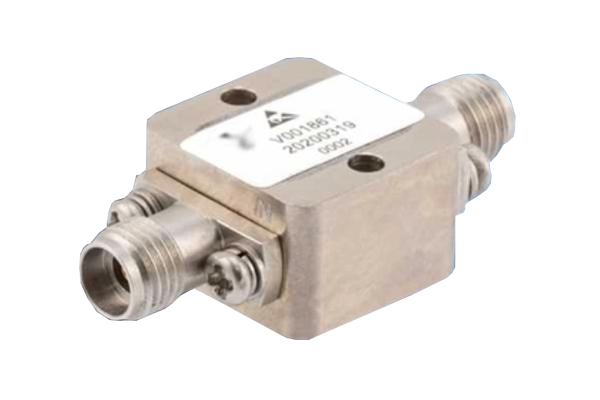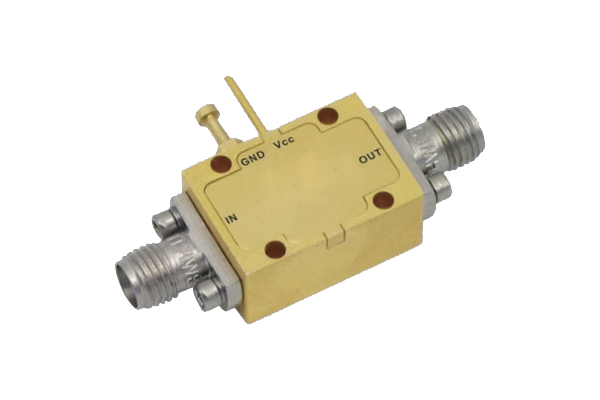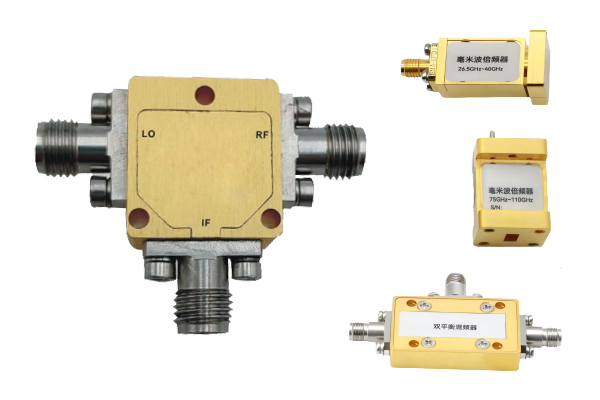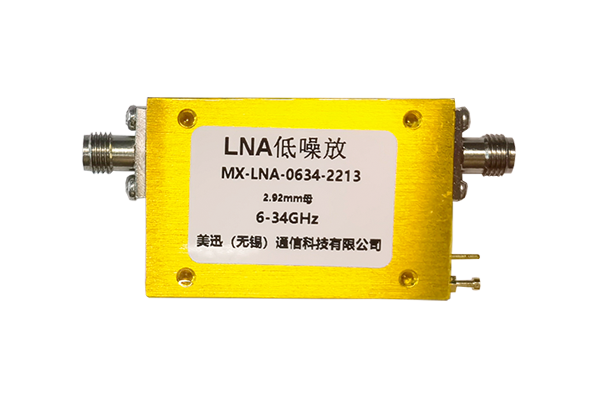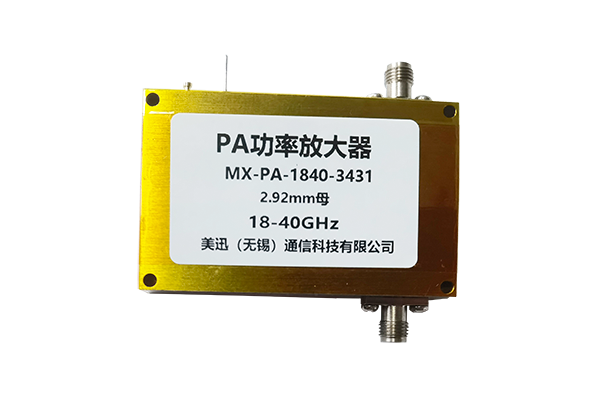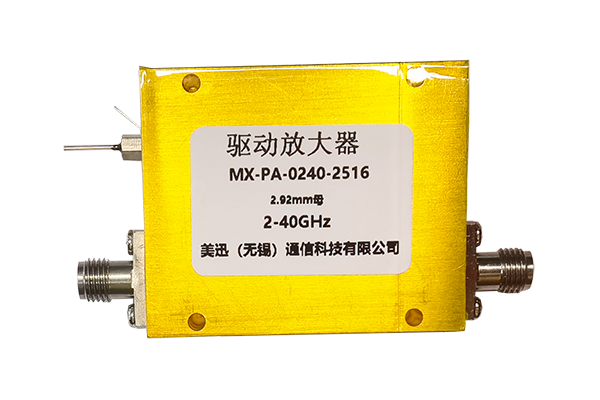Characteristics of pin diode switch
PIN diode switches possess several remarkable characteristics that make them widely used in various electronic applications.
Wide Frequency Response
PIN diode switches can operate over a broad frequency range, typically from 10 MHz to 67 GHz. This wide - band performance allows them to handle different types of signals, making them suitable for applications such as wireless communication systems, radar, and satellite communication, where signals of various frequencies need to be processed.
PIN diode switches can operate over a broad frequency range, typically from 10 MHz to 67 GHz. This wide - band performance allows them to handle different types of signals, making them suitable for applications such as wireless communication systems, radar, and satellite communication, where signals of various frequencies need to be processed.
Fast Switching Speed
They exhibit a fast switching speed, which can be as low as 50 nanoseconds. This rapid switching capability enables them to quickly turn on and off the signal transmission, meeting the requirements of high - speed data processing and communication systems. For example, in digital communication systems, they can switch between different channels or data streams rapidly.
They exhibit a fast switching speed, which can be as low as 50 nanoseconds. This rapid switching capability enables them to quickly turn on and off the signal transmission, meeting the requirements of high - speed data processing and communication systems. For example, in digital communication systems, they can switch between different channels or data streams rapidly.
High Isolation
PIN diode switches offer high isolation between the input and output ports when the switch is in the off state. Some models can achieve an isolation of up to 80 dB. This high isolation helps to prevent signal leakage and interference, ensuring the purity and integrity of the signals in different channels or circuits.
PIN diode switches offer high isolation between the input and output ports when the switch is in the off state. Some models can achieve an isolation of up to 80 dB. This high isolation helps to prevent signal leakage and interference, ensuring the purity and integrity of the signals in different channels or circuits.
Low Insertion Loss
They have low insertion loss in the on - state, which means that the signal passing through the switch experiences minimal attenuation. This characteristic is crucial for maintaining the signal quality and strength in signal transmission systems, reducing the need for additional signal amplification.
They have low insertion loss in the on - state, which means that the signal passing through the switch experiences minimal attenuation. This characteristic is crucial for maintaining the signal quality and strength in signal transmission systems, reducing the need for additional signal amplification.
Good Reliability
PIN diode switches are often packaged in a robust coaxial structure, which provides good mechanical and environmental stability. They can withstand harsh environmental conditions, such as high temperature, humidity, and vibration, making them suitable for use in military, aerospace, and other demanding applications.
PIN diode switches are often packaged in a robust coaxial structure, which provides good mechanical and environmental stability. They can withstand harsh environmental conditions, such as high temperature, humidity, and vibration, making them suitable for use in military, aerospace, and other demanding applications.
What are the applications of PIN diode switches in wireless communication systems?
How does the capacitance of a PIN diode switch affect its performance?
Can PIN diode switches be used in high-power applications?



